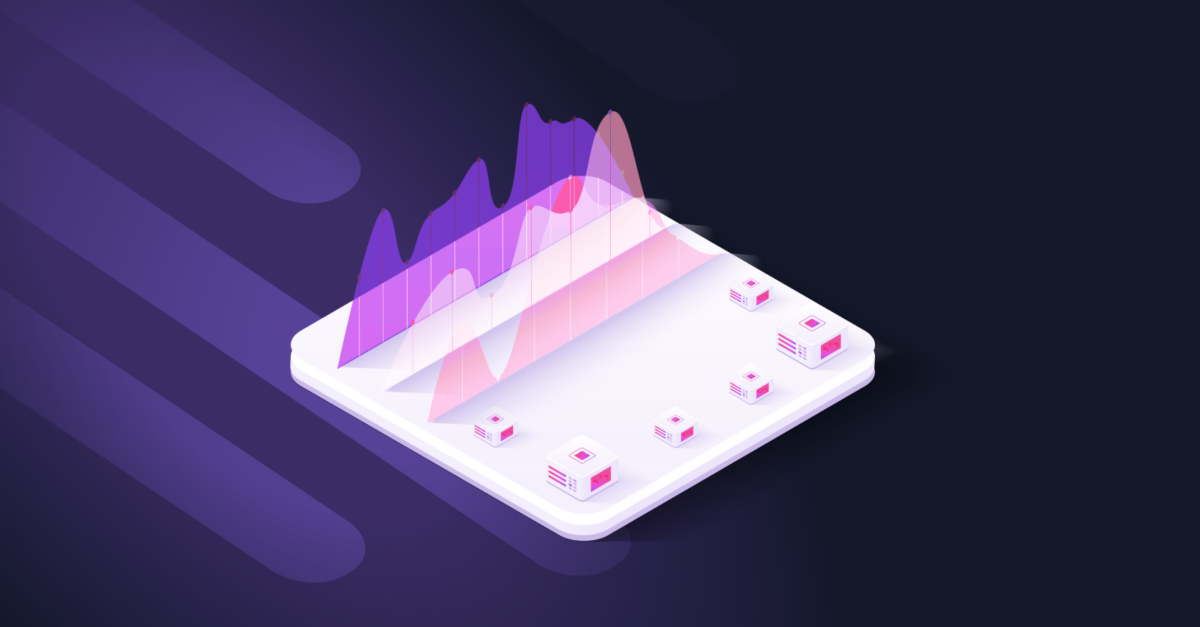What is Cybersecurity Analytics?
Kerry Coppinger
|Data & Analytics | July 20, 2022

Today, nearly all companies strive to be data-driven. This requires putting data and analytics at the forefront of decision-making across all departments. In general, centering analytics within a given department means having a reliable source of truth, and consistently referencing that source of truth before taking action on all initiatives.
The world of cybersecurity is no exception. Individuals who work on data-driven cybersecurity teams, as well as those who work for data-driven cybersecurity companies, must carefully consider what their source of truth tells them and use that to inform the way they do business.
What is cybersecurity analytics exactly?
Cybersecurity analytics can be defined as the process that cybersecurity organizations and teams use to break down and understand the information they have within their business intelligence systems. This includes, but is not limited to, analyzing potential security threats, the types of human and non-human traffic iterating with their systems, and the effectiveness of any protections they have in place.
What does cybersecurity analytics achieve?
Being a data-driven cybersecurity organization or team can be beneficial in a few ways. First, this way of doing business allows for continual adjustment of initiatives based on what is laid out by the information within intelligence platforms instead of habitually completing tasks based on what has been done historically or making decisions based on pure intuition. Additionally, prioritizing cybersecurity analytics can create consistency across departments by being able to implement new procedures with a high level of confidence and minimal pushback.
What could stand in the way?
While most cybersecurity organizations strive to put data and analytics at their forefront, bots and fake users can sometimes stand in the way. It might seem ironic that cybersecurity teams can fall victim to the threats of the Fake Web, but since a large portion of the internet is made up of bots and fake users, all types of companies are inherently affected. Even large cybersecurity companies that protect other organizations from bad actors on the internet can still experience fake traffic on their own websites. That is why it is so important to protect all departments within an organization from the threats of the Fake Web – not just the IT department or those who work under the CISO.
Overall, a data and analytics-driven mindset can be applied to all types of departments and organizations – including cybersecurity. By using valid and protected sources of truth, decision-making becomes a more seamless process.
Want to protect your sites and ads? Click here to Request a Demo













